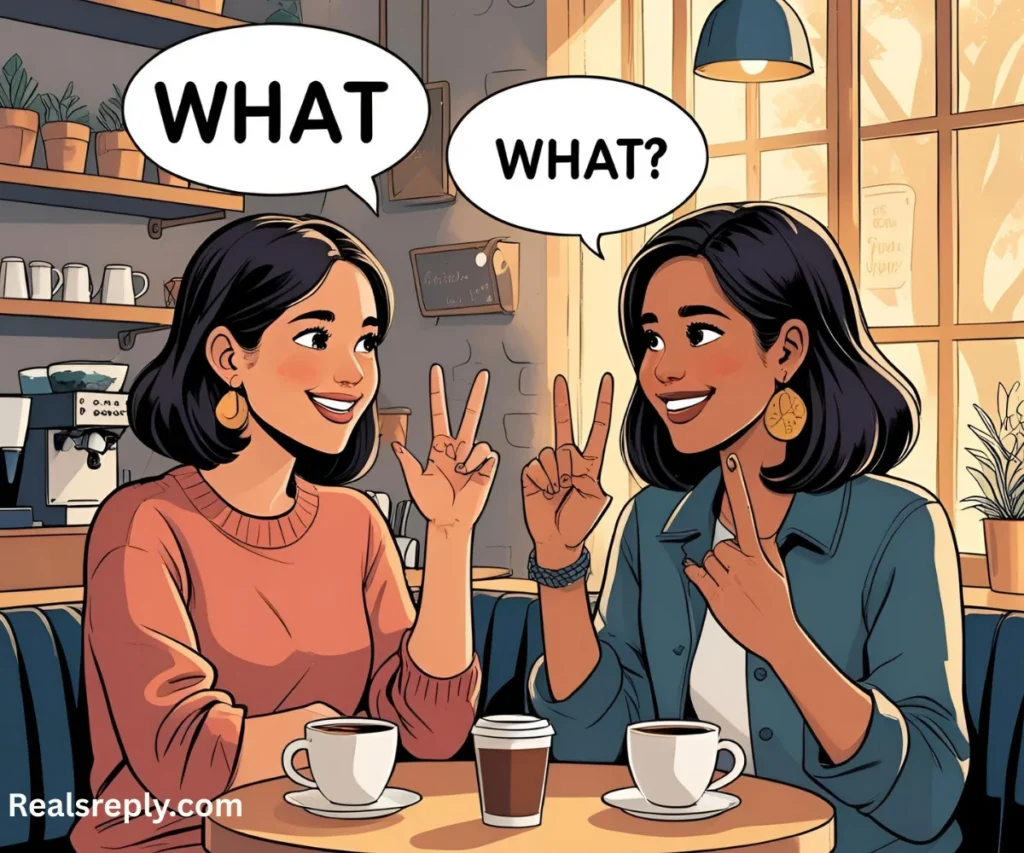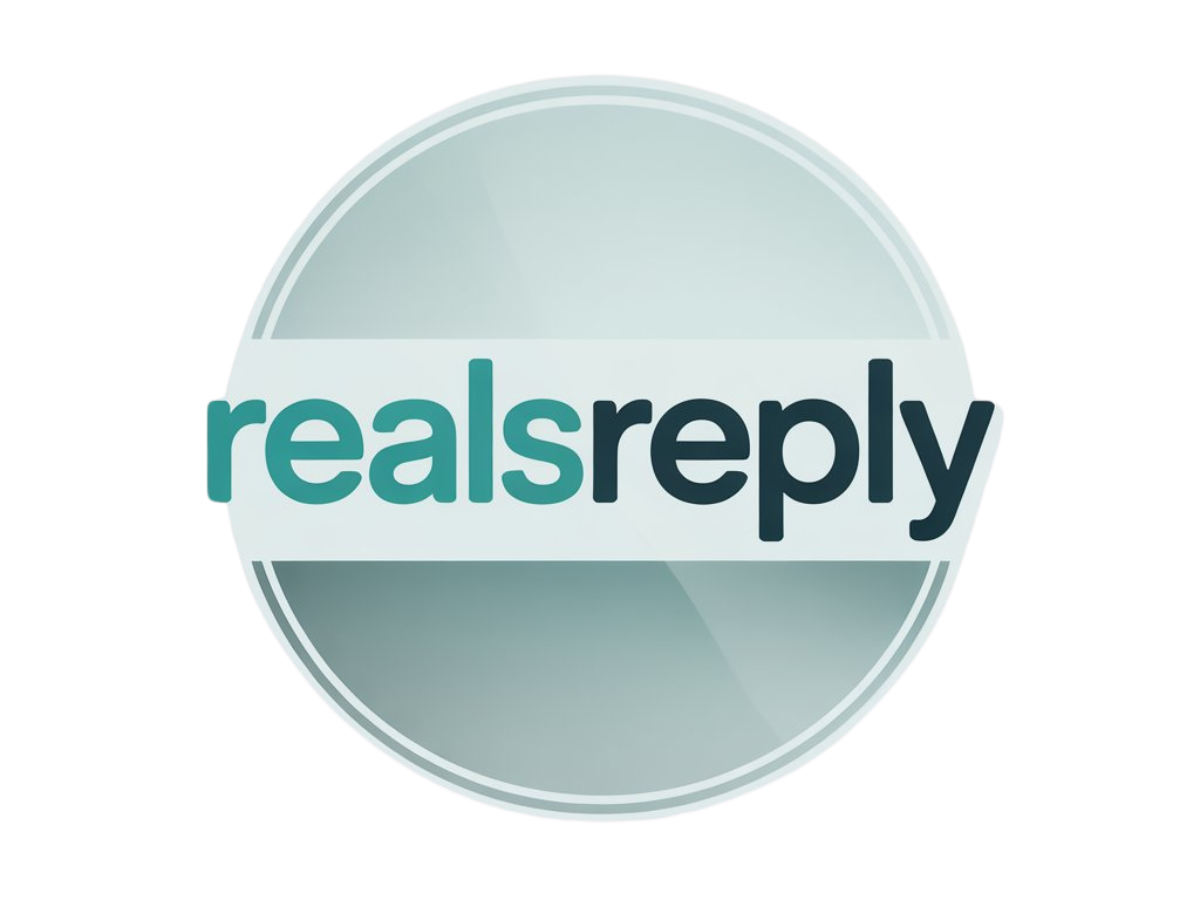Imagine being in a lively room full of people, but you can’t catch what someone’s saying because of the noise.
You lean in, hoping to understand, and wish there was a clear way to ask, “What?”
That’s where American Sign Language (ASL) shines! Knowing how to say what in ASL opens doors to meaningful conversations with the Deaf community.
Whether you’re new to signing or brushing up on skills, this simple yet powerful word is a must-know.
In this guide, we’ll break down how to sign “what,” when to use it, and tips to make your signing natural and respectful.
Let’s dive in and learn how to connect better through ASL! 😊
What Does “What” Look Like in ASL?

The ASL letter for “what” is super easy to learn! Hold your dominant hand in the “A” handshape (like a fist with your thumb beside it) near your chin, palm facing outward.
Then, tilt your hand slightly forward with a curious facial expression—like you’re genuinely asking a question. This sign is quick and clear!
Example Scenario: You’re at a Deaf community event, and someone signs something fast. You sign “what” with a friendly, curious look to ask for clarification.
Do: Pair the sign with raised eyebrows to show you’re asking a question.
Don’t: Use a blank face—it might seem rude or unclear.
Practice this sign in front of a mirror to get the handshape and expression just right!
Why Is “What” Important in ASL Conversations?

The word “what” is a conversation starter in any language, and in ASL, it’s a key tool for clarity. It shows you’re engaged and want to understand better. Using it correctly builds trust and respect in the Deaf community. Plus, it’s versatile—you can use it to ask about objects, actions, or even feelings!
Real-Life Use: Imagine a friend signs about their weekend plans, but you miss a detail. Signing “what” politely asks them to repeat or explain.
Do: Use “what” to keep the conversation flowing naturally.
Don’t: Overuse it without trying to follow the context first—it might frustrate the other person.
Try practicing with a friend by asking “what” in different scenarios, like about a favorite food or movie.
When Should You Use “What” in ASL?
Timing matters in ASL! Use “what” when you genuinely need clarification or want to learn more about something specific. It’s perfect for asking about unfamiliar signs, objects, or ideas. Always pair it with a curious expression to show you’re interested, not confused.
Scenario: At a coffee shop, a Deaf barista signs something about your order. You sign “what” to confirm if they said “latte” or “cappuccino.”
Do: Use “what” sparingly and with context, like pointing to the item you’re asking about.
Don’t: Sign “what” repeatedly without trying to understand—it can seem like you’re not paying attention.
Practice using “what” in everyday settings, like asking about a menu item or a friend’s story.
How to Make Your “What” Sign More Natural
To sign “what” like a pro, focus on your facial expressions and body language. In ASL, your face is as important as your hands! Raised eyebrows and a slight head tilt show curiosity, while a neutral face might make your sign feel flat or rude. Also, keep your movements smooth, not jerky.
Example: You’re learning a new sign from a Deaf teacher. Sign “what” with a smile and raised eyebrows to show you’re eager to learn.
Do: Practice in front of a mirror to check your expression.
Don’t: Sign too fast or stiffly—it might look unnatural.
Record yourself signing “what” and compare it to online ASL videos to improve your flow.
Common Mistakes to Avoid When Signing “What”
New signers often make small mistakes that can change the meaning of “what.” One big error is using the wrong handshape, like an open hand instead of the “A” shape. Another is forgetting facial expressions, which are key in ASL. Also, avoid pointing your hand downward—it should tilt slightly forward.
Scenario: You’re chatting with a Deaf friend, and you sign “what” with a flat face. They might think you’re annoyed instead of curious.
Do: Double-check your handshape and expression.
Don’t: Sign “what” too aggressively—it can seem confrontational.
Ask a Deaf friend or teacher to give you feedback on your “what” sign to avoid these slip-ups.
How to Practice “What” in Real Conversations
The best way to master “what” is by using it in real-life chats! Start with simple conversations, like asking a friend about their day or a new sign you see. Watch ASL videos online to see how native signers use “what.” Joining a local Deaf community event or ASL meetup is a great way to practice, too!
Example: At an ASL meetup, someone signs about a book. Use “what” to ask about the title or author.
Do: Be patient and observe how others sign “what.”
Don’t: Feel shy—mistakes are part of learning!
Set a goal to use “what” at least three times in your next ASL conversation to build confidence.
Conclusion
Learning how to say what in ASL is a small but mighty step toward fluent signing.
This simple word helps you connect, clarify, and show respect in conversations with the Deaf community.
By mastering the handshape, facial expressions, and timing, you’ll sign “what” naturally in no time.
Practice regularly, stay curious, and don’t be afraid to ask for feedback.
Whether you’re at a Deaf event or chatting with a friend, using “what” thoughtfully opens the door to deeper connections.
Keep signing, keep learning, and enjoy the journey of ASL! 😊




